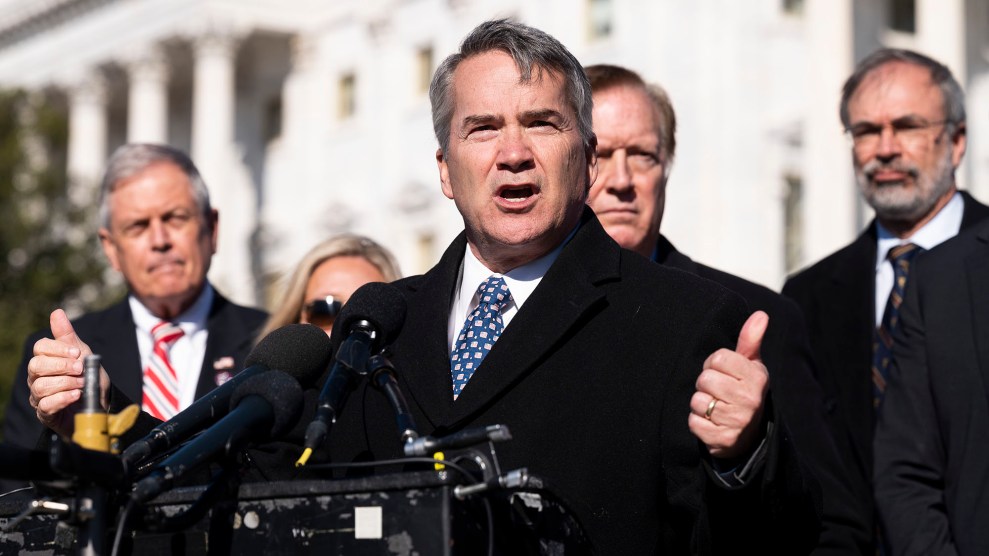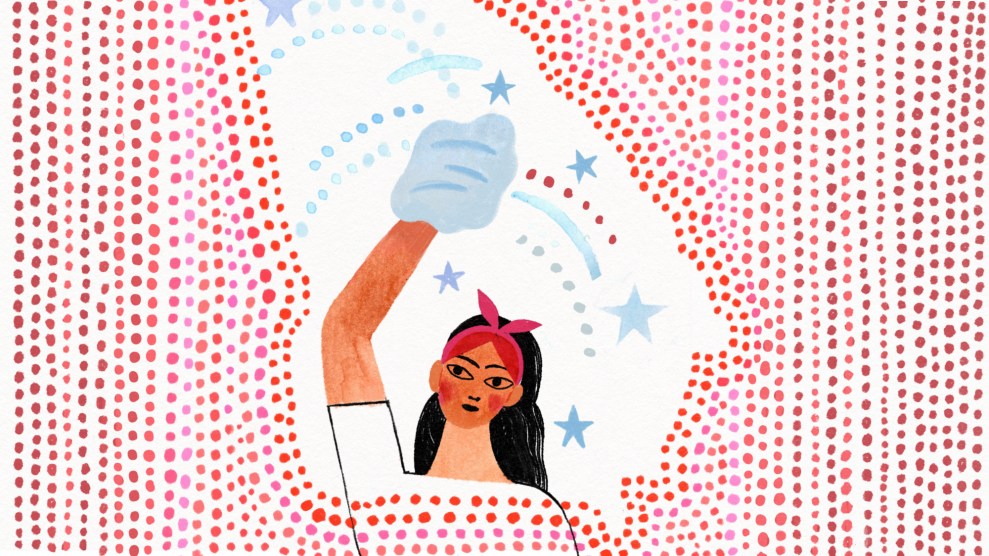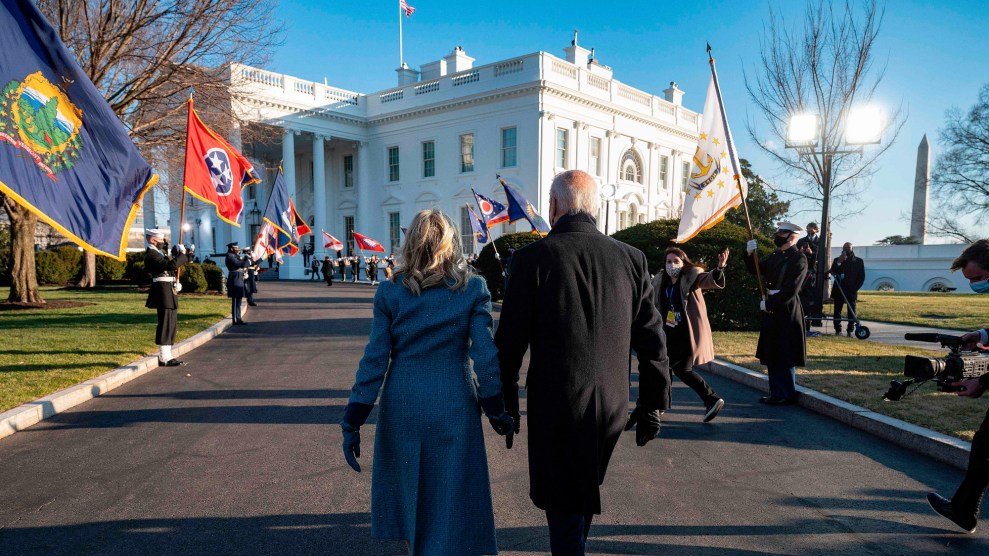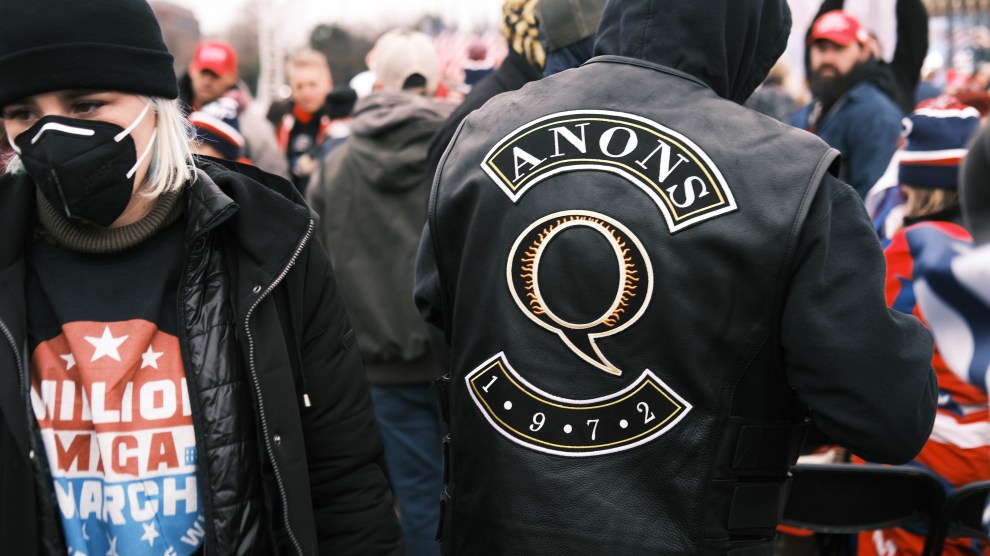The New York Times just reported that the Trump administration was on the verge of a deal with pharmaceutical companies to lower the cost of prescription drugs, but then at the last minute the talks collapsed. But it’s why the deal fell apart that makes this story special.
Mark Meadows, Mr. Trump’s chief of staff, insisted the drug makers pay for $100 cash cards that would be mailed to seniors before November — “Trump Cards,” some in the industry called them.
Some of the drugmakers bridled at being party to what they feared would be seen as an 11th-hour political boost for Mr. Trump, the people familiar with the matter said.
So this dude negotiated what seems like a pretty good deal that would serve the American people—“the drug companies would spend $150 billion to address out-of-pocket consumer costs and would even pick up the bulk of the co-payments that older Americans shoulder in Medicare’s prescription drug program”—but this alone was not enough of an October surprise, so they went further and wanted to force these companies to send out little cash cards to seniors right before the election. These cards would obviously have Trump’s name somewhere. The White House strenuously denied that they would be Trump branded, but we all know that is a lie. Trump just did this exact thing with the $1,200 pandemic checks in April!
This is cuckoo’s nest stuff!
Here’s more from the Times:
One drug company executive said they worried about the optics of having the chief executives of the country’s leading pharmaceutical makers stand with the president in the Rose Garden as he hoisted an oversized card and gloated about helping a crucial bloc of voters.
“We could not agree to the administration’s plan to issue one-time savings cards right before a presidential election,” said Priscilla VanderVeer, the vice-president of public affairs at PhRMA, the industry’s largest trade group. “One-time savings cards will neither provide lasting help, nor advance the fundamental reforms necessary to help seniors better afford their medicines.”
How spectacularly stupid and unethical one must be to make Big Pharma look sane and ethical!
I need a drink.

















